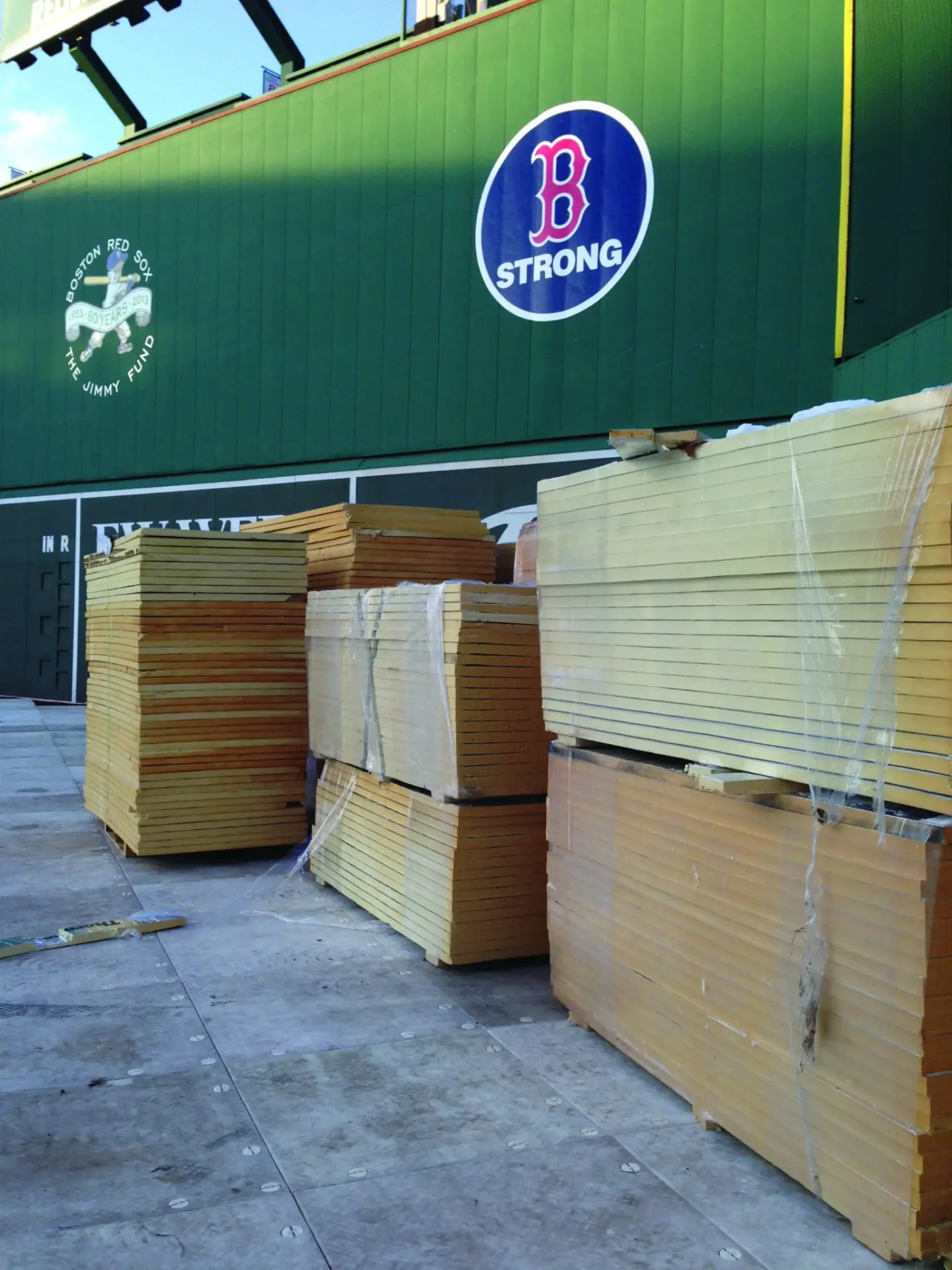Advantages of Thermal Insulation Below Grade
Design professionals are leaving no part of the building envelope to chance in the quest for more energy efficient buildings, Walls and roofs have been obvious thermal performance areas of concern. Now, below-grade foundation walls and floor slabs have been targeted and have proven to provide significant energy savings. Insulating below-grade foundations, crawlspaces, and under slabs can reduce total energy expenditure by up to 25%. Below grade insulation can:
- Reduce energy usage and increase comfort
- Minimize interior condensation on below grade walls
- Protect concrete from the freeze-thaw cycle, which reduces deterioration from spalling and cracking
- Shield the foundation waterproofing during backfilling

In below-grade and under-slab applications, XPS rigid foam insulation has been called for but EPS should be considered as it is less costly and can perform as well if not better. How is it better? EPS has the added benefit of drying more quickly as it retains less moisture than XPS. XPS retains about 18.9% moisture content versus EPS retention of 4.8%. These results are from a 15 year in-situ test conducted by Stork Twin City Testing, an accredited testing lab in St. Paul MN. Additionally, after 30 days of drying, the XPS retained 15.7% moisture content while the EPS contained only 0.7%.
Moisture retention negatively affects the R-value of below grade insulation: the 15 year in situ study showed that EPS retained 94% of its R-value while XPS lost 50% of its original R-value. You should also contrast the long term stability of R-values due to the diffusion of blowing agents in XPS and EPS, termed thermal drift. In closed cell foams like EPS and XPS, the blowing agent used to create the foam bubbles boosts the insulation value. In EPS, the blowing agent is stable over time and there is little R-value loss. In contrast, in XPS foam products there is blowing agent diffusion and replacement by air, and thus diminishing R-value over time.
This translates to a better long term R factor for EPS.
The International Energy Conservation Code (IECC) established a number of prescriptive R-value requirements for below-grade walls and slab-on-grade floors by climate zone. In the 2012 code, Table C402.2 (“Opaque Thermal Envelope Requirements”) has specific values, but it should be confirmed with the local building officials.
Local codes should always be consulted for specific requirements.
